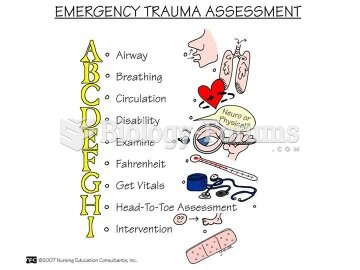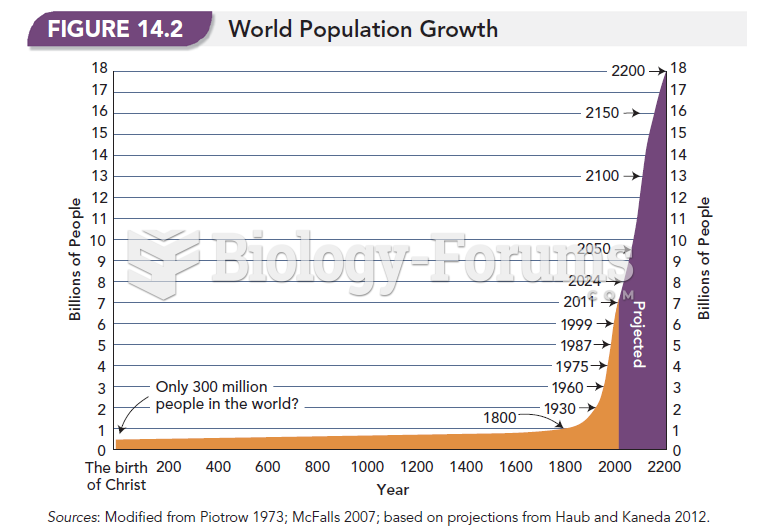Question 1
How did President Wilson unsuccessfully gamble away his visions for peace in Europe after World War I?
A) He intentionally did not invite any Republicans to join him at the Paris Peace Conference.
B) He opposed the self-determination of Eastern Europeans who had once been part of Germany,
Austria-Hungary, or Russia.
C) He believed the Senate would ratify the Treaty of Versailles even if it contained a covenant to
establish the League of Nations.
D) He refused to yield on France's desires to permanently disable Germany's economy and
military.
Question 2
This photograph showing the ruins of Columbia, South Carolina, after Union forces set fire to it demonstrates the __________.
A) dangers of a successful slave insurrection
B) results of an unsuccessful attempt to hold peace negotiations in that city
C) Union's desire for vengeance on South Carolina, which started the secession movement
D) Confederacy's reluctance to defend one of its greatest strongholds
Question 3
Lyndon Johnson's 1964 Daisy Girl campaign ad intended to __________.
A) demonstrate that the United States had the upper hand in the nuclear race with the Soviets
B) show that the United States could be victorious in Vietnam
C) warn the public of a possible Soviet attack that Republican Barry Goldwater could not handle
D) portray Barry Goldwater as a dangerous extremist
Question 4
Charles Wilson Peale's portrait of Benjamin and Eleanor Ridgely Laming breaks with the tradition of painting separate portraits of husbands and wives to reflect the concept of __________.
A) companionate marriage
B) political equality between men and women
C) patriarchal authority
D) the supremacy of fatherhood
Question 5
By examining this chart, what conclusion can be made about American participation in World War I when compared to its participation in other wars in the past 150 years?
A) More soldiers died in World War I than in World War II.
B) More soldiers died in battle during the Korean War than in World War I.
C) It took longer to fight World War I than the Vietnam War.
D) World War I was the shortest war in the twentieth century but the second deadliest.





